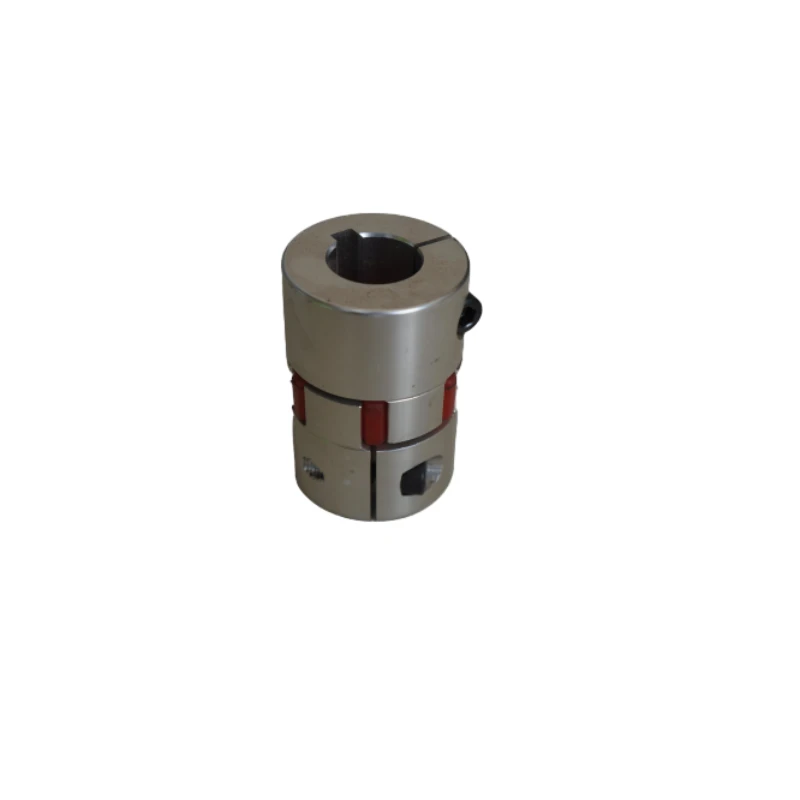die casting costing sheet
Understanding Die Casting Costing Sheets
Die casting is a manufacturing process that involves forcing molten metal into a mold cavity under high pressure. This process is widely used in industries for producing complex shapes with high precision and excellent surface finish. However, to ensure profitability and competitiveness, it is crucial to have a clear understanding of the costs involved in die casting. This is where a die casting costing sheet comes into play.
A die casting costing sheet is a comprehensive document that outlines all the expenses associated with the die casting process. It serves as a vital tool for manufacturers to estimate production costs, set pricing strategies, and determine profitability. The costing sheet typically includes various categories of expenses, which can be broadly classified into direct and indirect costs.
1. Direct Costs These are costs that can be directly attributed to the production of die cast components. Key elements of direct costs include
- Material Costs This represents the cost of the raw metal alloys used in the die casting process, such as aluminum, zinc, or magnesium. Prices can fluctuate based on market conditions, so it's essential to accurately reflect current material costs in the costing sheet.
- Labor Costs This includes wages and benefits for workers involved in the die casting process. Labor costs can vary depending on the complexity of the component, the skill level of workers, and the efficiency of the production process.
- Machine Operation Costs These costs cover the expenses incurred for operating machinery, including energy consumption, maintenance, and any other overhead linked to the die casting machines.
2. Indirect Costs These are costs that are not directly tied to production but still contribute to the overall manufacturing process. Common indirect costs include
die casting costing sheet

- Tooling Costs This encompasses the costs associated with creating and maintaining the molds used for die casting. Tooling can be a significant initial investment and needs to be amortized over the production volume.
- Overhead Costs General manufacturing overhead, such as facility rent, utilities, and administrative expenses, are also included. These costs are often allocated based on a predetermined overhead rate.
After identifying all relevant costs, the die casting costing sheet allows manufacturers to calculate the total cost per unit for the components produced. This information is essential for pricing decisions and for maintaining healthy profit margins.
To create a die casting costing sheet effectively, manufacturers should consider several key factors
- Volume of Production Higher production volumes can lead to economies of scale, reducing the per-unit cost. The costing sheet should evaluate different production scenarios to assess cost implications accurately.
- Design Complexity More intricate designs may require specialized tooling and additional labor, affecting overall costs. The sheet should account for design considerations that might influence both direct and indirect costs.
- Market Trends Understanding current market rates for materials and labor is crucial for accurate costing. Manufacturers must regularly update their costing sheets to reflect these changes, ensuring competitive pricing strategies.
In conclusion, a well-structured die casting costing sheet is an indispensable tool for manufacturers in the die casting industry. It not only aids in precise cost estimation and pricing strategies but also enables manufacturers to identify cost-saving opportunities and make informed business decisions. By effectively managing the complexities of production costs, manufacturers can enhance their competitiveness and profitability in an increasingly demanding market.
-
Precision Sheet Metal Stamping Manufacturer | Fast & ReliableNewsAug.01,2025
-
OEM Sand Cast Pump Valve Fittings - Baoding Hairun Machinery And Equipment Trading Co., Ltd.NewsAug.01,2025
-
Custom OEM Impellers | High Efficiency & PrecisionNewsAug.01,2025
-
OEM Sand Cast Pump Valve Fittings - Baoding Hairun Machinery | Customization, Quality AssuranceNewsAug.01,2025
-
OEM Sand Cast Pump Valve Fittings - Baoding Hairun Machinery And Equipment Trading Co., Ltd.NewsAug.01,2025
-
OEM Sand Cast Pump Valve Fittings - Baoding Hairun Machinery And Equipment Trading Co., Ltd.NewsJul.31,2025















